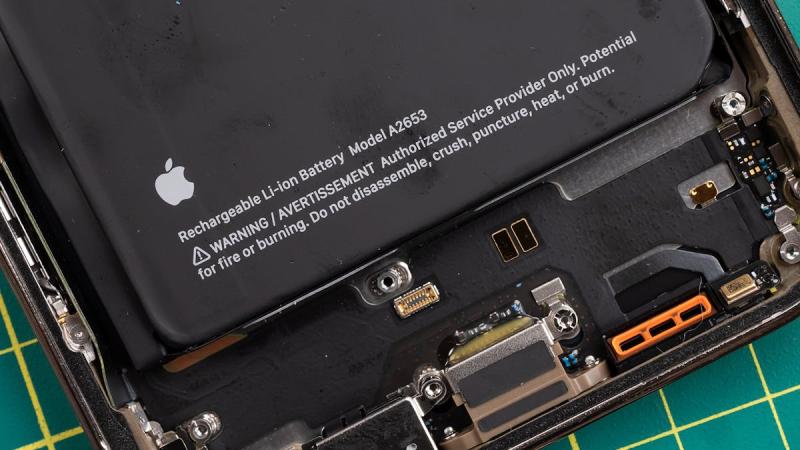In today’s fast-paced world, finding moments of peace and relaxation can be a challenge. However, with the advent of trip massage services, individuals can now savor these precious moments wherever they go. Imagine stepping into a serene environment, surrounded by soothing music and the gentle scent of essential oils. As you settle into a comfortable massage chair or table, skilled therapists begin to work their magic, kneading away tension and stress from your body. The rhythmic strokes and firm pressure melt away knots in your muscles, leaving you feeling rejuvenated and refreshed. Whether you are traveling for business or pleasure, incorporating a trip massage into your itinerary can elevate your experience to new heights of tranquility and well-being. One of the key benefits of trip massage is its ability to promote deep relaxation. As the therapist’s expert hands glide over your body, you can feel the tension melting away, allowing you to enter a state of profound calmness.

This relaxation response not only feels wonderful in the moment but also has long-lasting effects on your overall well-being. Regular massage sessions have been shown to reduce stress hormones like cortisol while increasing feel-good neurotransmitters like serotonin and dopamine. This biochemical shift not only improves your mood but also boosts your immune system, making you more resilient to everyday challenges. Moreover, 강남출장마사지 trip massage offers a unique opportunity to disconnect from the hustle and bustle of daily life. In today’s hyper-connected world, we are constantly bombarded with notifications, emails, and deadlines, leading to mental fatigue and burnout. However, during a massage session, you are encouraged to unplug and focus solely on the present moment. This mindfulness practice can have profound effects on your mental clarity and emotional well-being, helping you return to your daily activities with a renewed sense of purpose and energy.
Additionally, trip massage can address specific physical issues and promote overall health. Whether you suffer from chronic pain, sports injuries, or postural imbalances, skilled therapists can tailor their techniques to target problem areas and promote healing. By improving blood circulation, reducing inflammation, and releasing tight muscles, massage therapy can alleviate a wide range of symptoms and improve your quality of life. Furthermore, 강남출장마사지 regular massage sessions can prevent future injuries by enhancing flexibility, mobility, and body awareness. trip massage offers a holistic approach to well-being, combining the benefits of relaxation, mindfulness, and physical therapy. By taking the time to savor these moments of peace, you invest in your health and happiness for the long term. Whether you are on a business trip, vacation, or simply seeking a break from the daily grind, incorporating massage into your travel plans can be a transformative experience. So next time you are on the go, remember to prioritize self-care and indulge in the restorative power of trip massage.






